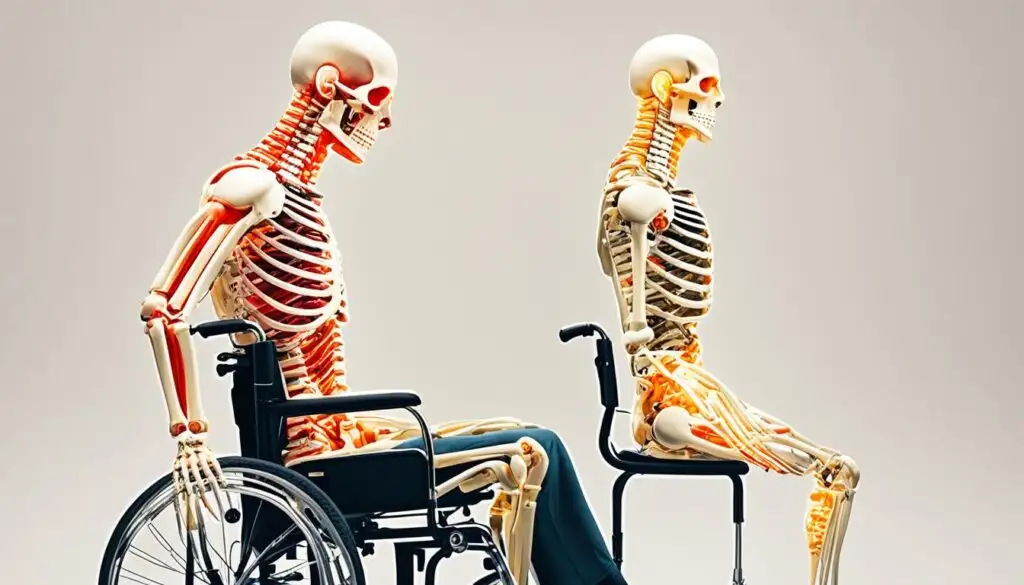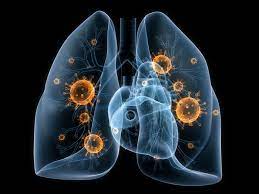Spinal cord conditions can significantly impact an individual’s quality of life, affecting mobility, sensation, and overall well-being. Among these, Brown-Séquard Syndrome is a unique and less common spinal cord injury that presents distinct challenges and symptoms. This blog will explore how Brown-Séquard Syndrome differs from other spinal cord conditions, with a focus on its unique characteristics and management strategies.
Understanding Brown-Séquard Syndrome
Brown-Séquard Syndrome is a rare neurological condition that occurs due to damage to one half of the spinal cord. This damage leads to a distinctive pattern of symptoms, including loss of movement and sensation on opposite sides of the body. The syndrome is usually caused by trauma, such as a spinal injury from a stab wound, but it can also result from tumors, herniated discs, or infectious diseases affecting the spine.
Symptoms of Brown-Séquard Syndrome
According to Dr. Chandril Chugh, the Brown Sequard Syndrome Symptoms include:
- Ipsilateral Muscle Weakness or Paralysis: Muscle weakness or paralysis occurs on the same side as the injury, affecting the corticospinal tract.
- Contralateral Loss of Pain and Temperature Sensation: Patients experience a loss of pain and temperature sensation on the opposite side of the body from the injury, due to the disruption of the spinothalamic tract.
- Ipsilateral Loss of Proprioception and Vibration Sensation: These sensory losses occur on the same side as the injury, impacting the dorsal columns that transmit these sensations.
- Bladder and Bowel Dysfunction: Depending on the level of the injury, these symptoms can significantly affect daily life.
Comparing Brown-Séquard Syndrome to Other Spinal Cord Conditions
While all spinal cord injuries can lead to serious health complications and require careful management, Brown-Séquard Syndrome is set apart by its asymmetrical symptom presentation. Here’s how it compares to other common spinal cord conditions:
Complete Spinal Cord Injury
- Symptoms: Complete spinal cord injuries typically result in total loss of function below the level of injury, affecting both sides of the body equally.
- Management: Treatment often involves stabilization of the spine, intensive rehabilitation, and long-term adaptive strategies to manage paralysis.
- Differences: Unlike Brown-Séquard Syndrome, which affects only one side of the spinal cord, complete injuries affect the entire width of the spinal cord.
Incomplete Spinal Cord Injury
- Varieties: There are several types of incomplete spinal cord injuries, such as anterior cord syndrome, central cord syndrome, and posterior cord syndrome, each affecting different areas of the spinal cord.
- Symptoms: These conditions can result in a variety of symptoms, including varying degrees of weakness, sensory loss, and dysfunction, typically on both sides of the body but to different extents.
- Differences: Brown-Séquard Syndrome’s hallmark is its highly asymmetrical impact, which is more predictable in terms of which functions will be affected on each side of the body.
Multiple Sclerosis (MS)
- Nature of Condition: MS is an autoimmune disorder that affects the brain and spinal cord, leading to demyelination of nerve fibers.
- Symptoms: Symptoms of MS can include muscle weakness, numbness, tingling, coordination and balance problems, and bladder issues, which can vary widely from person to person.
- Differences: MS is a progressive disease with symptoms that can fluctuate or worsen over time, whereas Brown-Séquard Syndrome typically results from a one-time injury that causes immediate and specific symptoms.
Amyotrophic Lateral Sclerosis (ALS)
- Nature of Condition: ALS, also known as Lou Gehrig’s disease, is a progressive neurodegenerative disease that affects motor neurons in the brain and spinal cord.
- Symptoms: ALS causes widespread muscle weakness and atrophy, eventually leading to severe disability.
- Differences: ALS affects motor functions across the body and does not typically cause the sensory losses or the distinctive pattern of ipsilateral and contralateral symptoms seen in Brown-Séquard Syndrome.
Management and Treatment of Brown-Séquard Syndrome
Managing Brown-Séquard Syndrome requires a multidisciplinary approach:
- Immediate Care: Early intervention to stabilize the spine and reduce inflammation is critical.
- Rehabilitation: Physical therapy is crucial to maximize remaining function and adapt to changes in mobility and sensation.
- Medications: Pain management and medications to address muscle spasticity are commonly prescribed.
- Regular Monitoring: Ongoing care to monitor changes in neurological status and adjust treatment plans accordingly.
Conclusion
Brown-Séquard Syndrome is a distinctive spinal cord condition characterized by its asymmetrical symptoms and specific challenges. Understanding the unique aspects of this syndrome is crucial for effective management and distinguishes it from other spinal cord injuries and diseases. By comparing it with other conditions, we gain a deeper appreciation of the complexities of spinal health and the tailored approaches needed to manage each condition effectively. As medical science advances, continued research and awareness will be vital in improving outcomes for all individuals affected by spinal cord conditions.




